With its unique technical characteristics, LSAW steel pipes for oil and gas pipelines have taken a leading position in the global energy infrastructure sector. Compared with other pipeline materials such as spiral submerged arc welded pipes and seamless steel pipes, LSAW steel pipes have demonstrated unparalleled advantages in large-diameter high-pressure transmission, becoming the preferred solution for transnational long-distance pipelines, submarine pipelines, and pipelines in harsh environments. From the frozen soil of Siberia to the hot deserts of the Persian Gulf, from deep-sea oil and gas fields to densely populated urban pipelines, LSAW steel pipes have proven their reliability and adaptability in a variety of extreme environments. By analyzing its engineering application advantages and actual cases, we can more fully understand the key value of this type of steel pipe in the oil and gas industry.
Why Choose LSAW Pipe in Oil and Gas Pipeline Projects?
1.Excellent high-pressure transmission capacity
LSAW pipes are made of high-strength thick steel plates with a wall thickness of up to 100mm, far exceeding the 25mm limit of spiral welded pipes, significantly enhancing the pressure bearing capacity. According to the Barlow formula, the thicker the wall, the higher the pressure bearing capacity. For example, the "West-East Gas Transmission Line 3" uses X80 grade, 33mm wall thickness straight seam pipes with a design pressure of up to 12MPa, which greatly improves the transmission efficiency. Because it can withstand higher pressures, LSAW pipes can reduce the setting of compressor stations, reduce operating costs, and improve overall economy. Its longitudinal welds are superior to spiral welds in the force direction, and have greater safety advantages in high-pressure environments.
2.Size flexibility and high material utilization
LSAW pipes have a wide range of outer diameters (16-56 inches), are not limited by the width of the steel coil, and are easy to customize on demand. For example, the main pipeline can choose a large diameter (such as 1422mm) to increase the transmission volume, while the branch line can choose small and medium diameters. Compared with spiral welded pipes, LSAW can switch between different diameters at the same steel plate width, with higher material utilization and less waste of edge materials. In the "Central Asian Gas Pipeline" project, its ±0.2% diameter tolerance and ±5% wall thickness accuracy make the girth welding more accurate and improve the efficiency of on-site construction. At the same time, its groove angle and blunt edge control are excellent, which is convenient for high-quality on-site welding.
3.Adaptability to extreme environments
LSAW steel pipes can select steel grades and processes according to environmental requirements. For example, the Yamal LNG project uses X70/X80 low-temperature toughness steel (-60℃ impact energy ≥100J) to successfully operate in extremely cold areas; in the high H₂S concentration environment in the Middle East, sulfide stress corrosion cracking (SSC) steel pipes are selected to meet NACE TM0284 and other standards. Thick-walled high-strength steel pipes are used to bear pressure in deep-sea environments, and alloy design is used to ensure thermal stability in high desert temperatures. This ability to adapt to a variety of extreme climates and geology makes LSAW the preferred choice for oil and gas transportation projects.
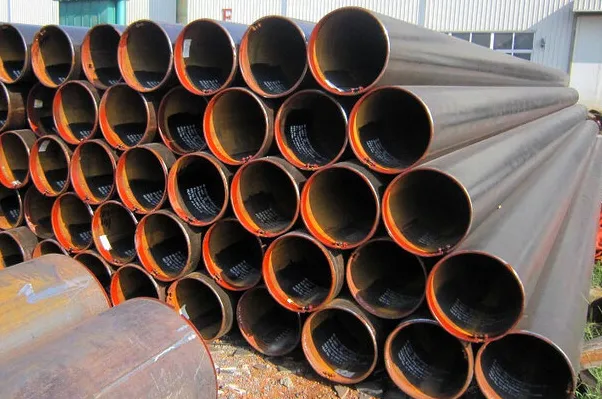
As global pipeline projects develop towards harsher environments (polar regions, deep sea, deserts, etc.) and more efficient transportation (high pressure, rich gas transportation, etc.), the standard system for straight seam submerged arc welded steel pipes is also continuing to evolve. Future standards may pay more attention to the material's resilience (for use in seismically active areas), fracture control (preventing long-range fractures), and green indicators (carbon footprint, recyclability, etc.). At the same time, digital technologies such as blockchain are also being introduced into the standard implementation process to achieve the immutability and full traceability of quality data. These developments will further promote the advancement of straight seam submerged arc welded steel pipe technology and provide a more solid guarantee for the safety of oil and gas pipelines.






 English
English Español
Español بالعربية
بالعربية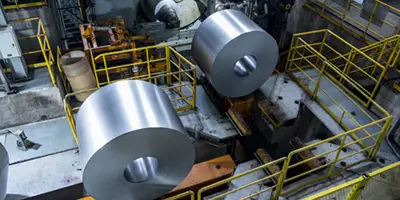
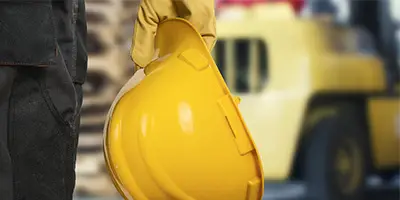
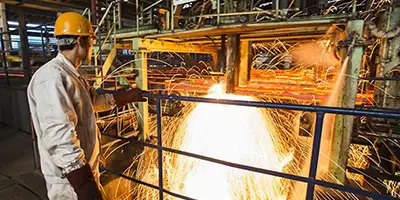
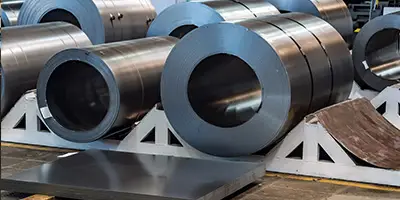

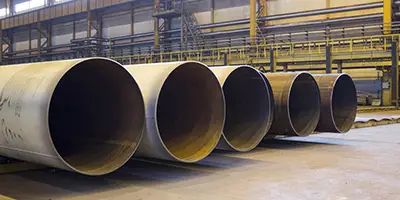

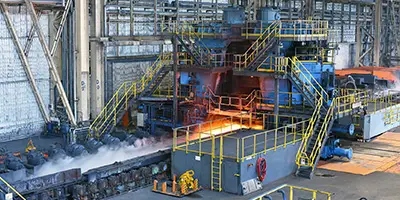
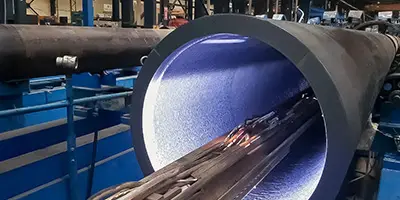
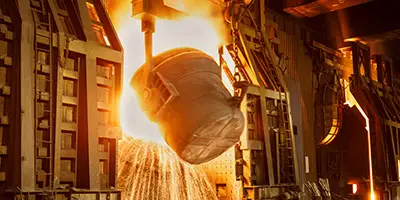
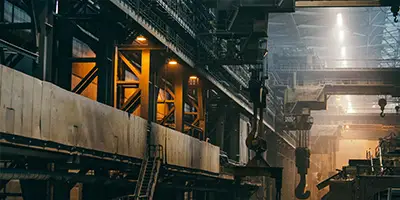

 Phone :
Phone :  Whatsapp :
Whatsapp :  Email :
Email : 


